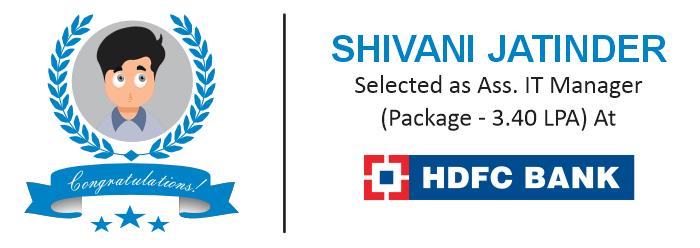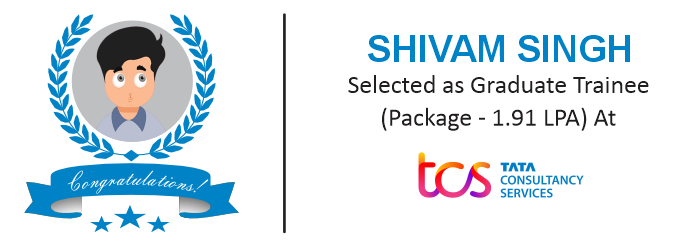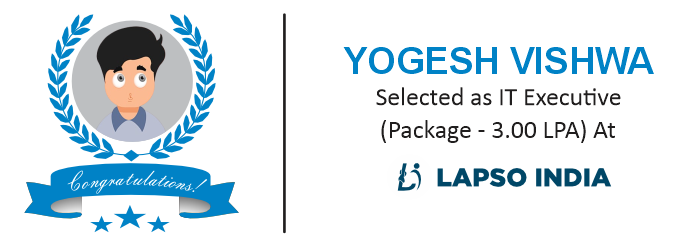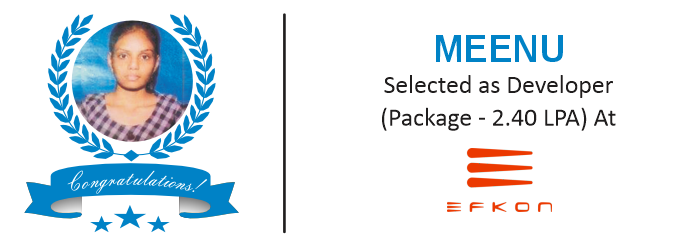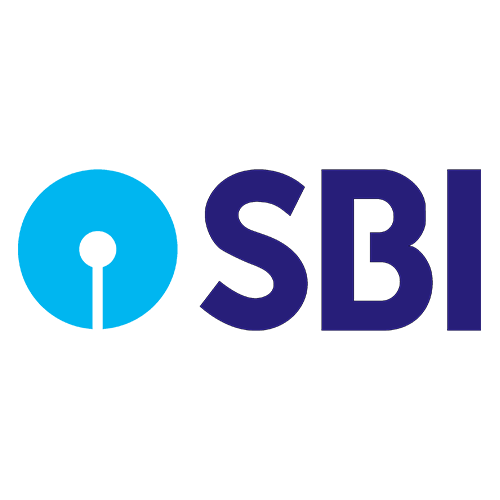Enquiry For Demo
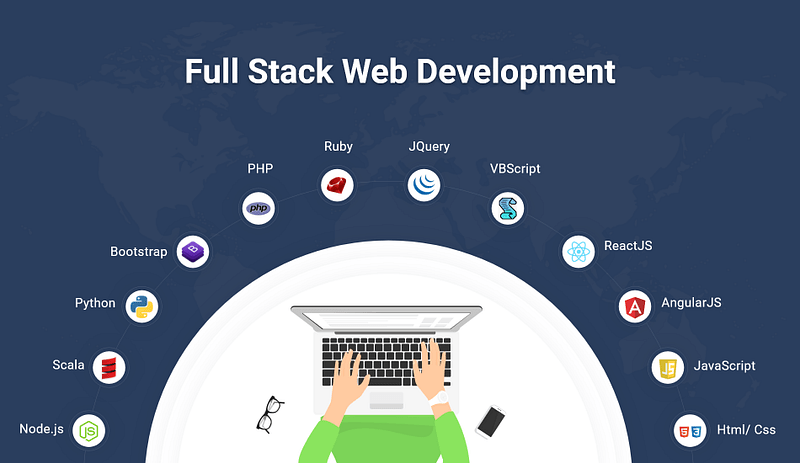
How to Become a Full-Stack Developer in 2025 (Beginner’s Guide)
Are you dreaming of becoming a Full-Stack Developer in 2025? With the demand for web developers skyrocketing, there’s never been a better time to master full-stack development. Whether you're a beginner or switching careers, this guide will walk you through the essential skills, tools, and roadmap to becoming a successful full-stack developer. Let’s dive in! 🔥
Understanding Full-Stack Development
Traditional marketing refers to offline marketing methods that have been used for decades.
What is Full-Stack Development? 🤔
Full-stack development refers to the practice of handling both the front-end (user interface) and back-end (server, database) of a web application. A full-stack developer has the expertise to work on every layer of the technology stack, making them highly versatile professionals
Who is a Full-Stack Developer? 👨💻👩💻
A full-stack developer is someone proficient in front-end and back-end technologies, capable of building and maintaining complete web applications. They can create visually appealing user interfaces and ensure seamless server-side functionality.
Why Full-Stack Developers Are Highly Valued? 💡
✅ Master of Both Front-End & Back-End
A full-stack developer can handle both UI/UX design and back-end logic, making them indispensable in software development teams.
💰 Cost-Effective for Companies
Hiring a single full-stack developer reduces the need for multiple specialized developers, lowering costs for startups and businesses.
🗣️ Better Team Communication
Since they understand both front-end and back-end, full-stack developers bridge the gap between teams, leading to better collaboration and project efficiency.
⚡ Faster Product Development
Being able to work on both ends of a project speeds up development cycles and reduces dependencies on multiple team members.
🛠️ Problem-Solving and Innovation
Full-stack developers have a broad understanding of technology, enabling them to come up with innovative solutions and troubleshoot issues efficiently.
🚀 Quick Adaptation to New Tech
With their diverse skill set, full-stack developers can quickly learn and adapt to emerging technologies.
🎯 Ability to Handle Entire Projects
From planning and designing to coding and deployment, a full-stack developer can manage an entire project independently.
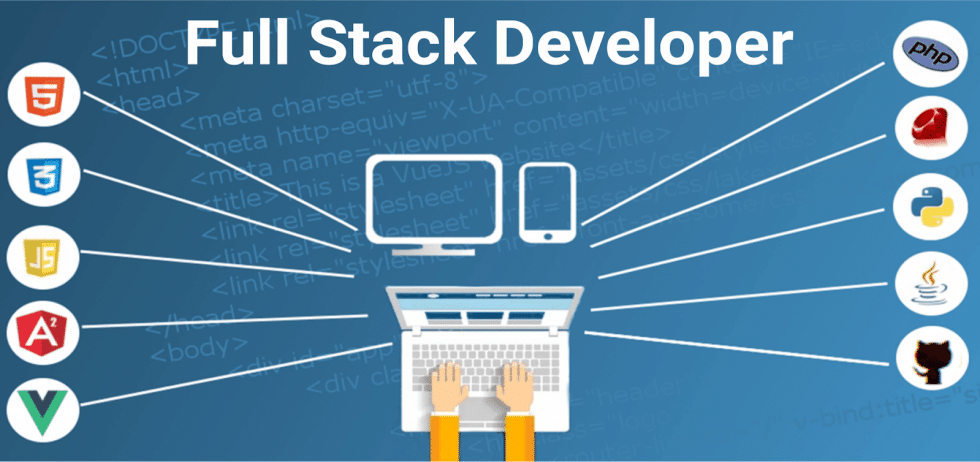

Must-Have Skills & Technologies for Full-Stack Developers 🏗️
🔧 Back-End Development (Server & Database)
- Node.js, Django, Spring Boot, Ruby on Rails, etc.
- Database management (MySQL, PostgreSQL, MongoDB)
- Server-side scripting & RESTful APIs
🔧 Back-End Development (Server & Database)
- Node.js, Django, Spring Boot, Ruby on Rails, etc.
- Database management (MySQL, PostgreSQL, MongoDB)
- Server-side scripting & RESTful APIs
⚙️ Other Essential Skills (APIs, Testing, DevOps, etc.)
- Version control (Git, GitHub, GitLab)
- API development & integration
- DevOps tools (Docker, Kubernetes, CI/CD pipelines)
- Testing frameworks (Jest, Mocha, Selenium)
Step-by-Step Roadmap to Becoming a Full-Stack Developer (2025) 🛤️
🎯 How to Start Your Full-Stack Developer Journey?
- Define Your Career Goals – Do you want to work for a company, become a freelancer, or build your startup?
- Learn and Master the Right Skills – Choose a tech stack and become proficient in it.
📚 Best Ways to Learn Full-Stack Development
- Understanding the Basics: Learn HTML, CSS, JavaScript – the foundation of web development.
- Learning from Free Online Resources:Use platforms like FreeCodeCamp, MDN Web Docs, and YouTube.
- Investing in Paid Courses or Bootcamps:Platforms like Udemy, Coursera, and coding bootcamps can accelerate your learning.
🎯 How to Start Your Full-Stack Developer Journey?
- Define Your Career Goals – Do you want to work for a company, become a freelancer, or build your startup?
- Learn and Master the Right Skills – Choose a tech stack and become proficient in it.
🔥 Essential Tools Every Full-Stack Developer Should Know
- Web Browsers & Developer Tools: (Chrome DevTools, Firefox DevTools)
- Operating Systems & Basic Computer Knowledge:(Linux, Windows, macOSe).
- UI/UX Basics for Better Design Understanding
- Command Line & Terminal Usage
- Choosing the Right Code Editor / IDE:(VS Code, JetBrains, Sublime Text)
🏗️ Choosing the Right Full-Stack Development Tech Stack
- Popular Front-End Frameworks: React, Angular, Vue.js
- Back-End Technologies:Node.js, Django, Spring Boot, Laravel.
- Databases & Cloud Technologies:MySQL, MongoDB, Firebase, AWS, Google Cloud
How to Gain Real-World Experience? 🌎
- Work on Small Projects & Real Applications –Build clones of popular websites to practice.
- Contribute to Open Source & GitHub – Collaborate with developers and contribute to projects.
- Collaborate with Other Developers – Join hackathons, team projects, and developer communities.
Building a Strong Portfolio to Land Your First Job 🎯
📂 Showcasing Your Best Work
Create an online portfolio showcasing your top projects with live demos and source code.
🌐 Creating a Personal Website or GitHub Profile
A well-organized GitHub profile and a personal portfolio website can impress potential employers.

.png)
